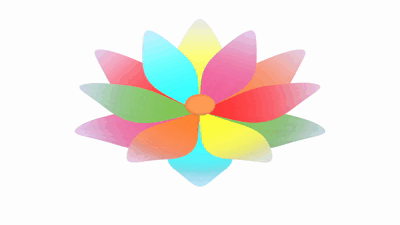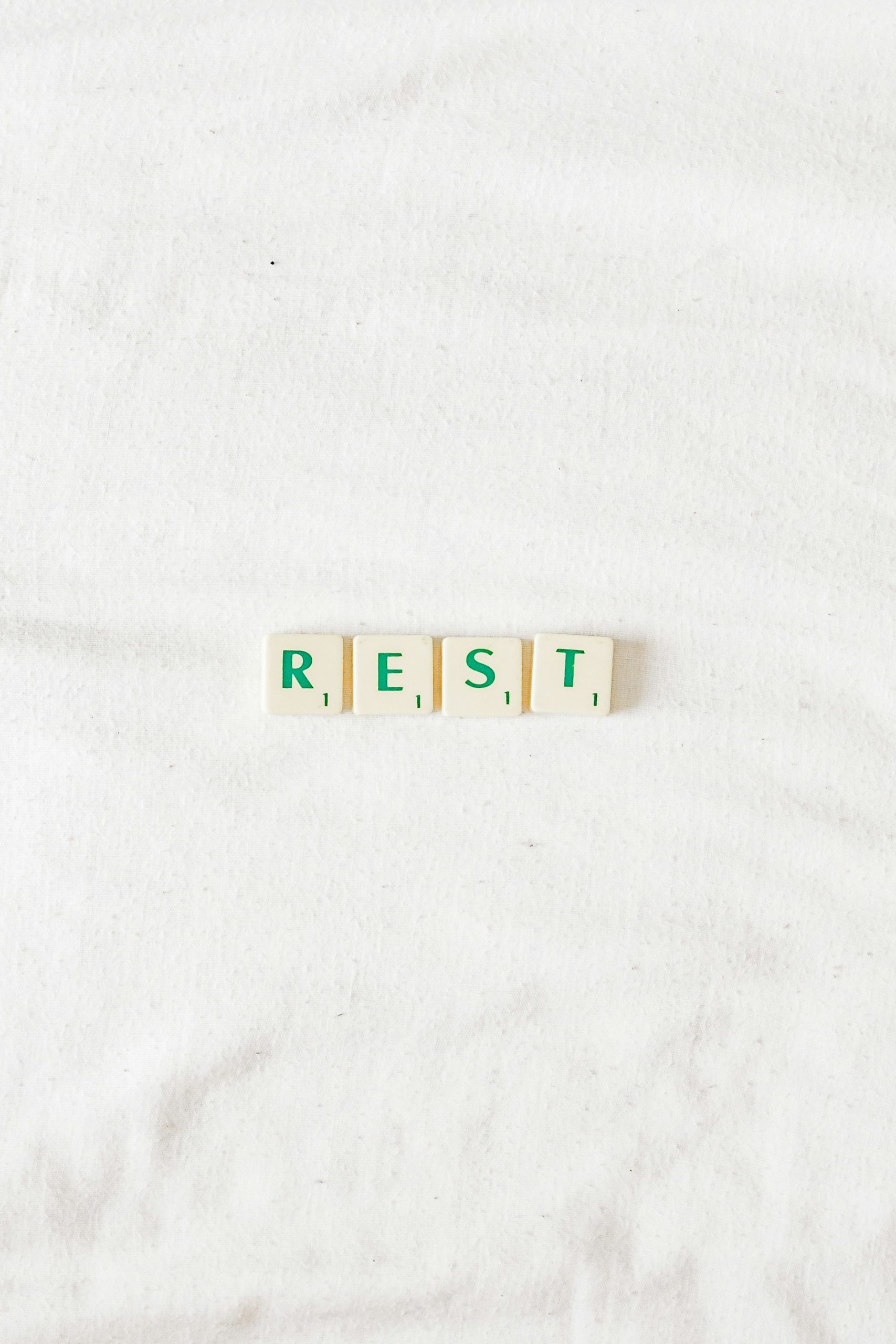A favourite person has a Banksy print in their smallest room that says: “if you get tired, learn to rest, not to quit.”

It feels counterintuitive, doesn’t it?
Our culture trains us to work to exhaustion rather than embrace the pause, and rest.
And yet, taking real breaks and stepping back from the day to day, is proven to improve creativity and innovation.
Could Wordsworth have written about clouds, daffodils & stary skies without wandering through the dales & vales day & night?
Can creativity truly spark chained to a never-ending diary & task list?
Ah, I hear you say…not everyone can afford to take off for months on remote seaside or mountain-top retreat and get away from it all, rest is just unrealistic.
Did you know that 40% of adults report falling asleep at least once a month without meaning to, and at least a third of adults report not getting enough sleep or rest every day?
Sleep Deficiency can result in long term chronic health issues including heart disease, high blood pressure, diabetes, stroke, obesity and depression. Many world disasters have occurred in the wee small hours when sleep deprived humans made mistakes.[1]

Why are we so afraid to take a break from the day to day grind & truly allow ourselves to rest?
Why do we test our bodies to the limit & push ourselves to exhaustion & beyond?
What’s good for productivity isn’t good for heart, mind, body and soul…
I believe it’s because we’re trained to look at big goals and big insta-friendly lifestyle changes. Instead of escaping into our fantasies of living for one day in the future that might never come, why not consider a more sustainable way of being?
Rest keeps us healthy, happy, creative & inspired.
Sustainable rest is attainable for most of us with simple shifts.
What Might Sustainable Rest Look Like?

- Shorter focused meetings encourage productivity and clear the diary clutter. Try 25 min or 50 minute meetings instead of 30 and 60 minute meetings. It takes a bit to adjust and plan, and ultimately, you have fewer and more efficient meetings[2]
- Walk and talk is not just for Hollywood films and shows, it’s also a creativity tool. Two people walking side by side in rhythmic movement with the spaciousness of being outside increases brain function, allowing the possibility for more creativity and innovation. It’s also an easy way to get those steps in. [3] Plan in those walk and talks to bust through the brain fog!
- Humming, known in Sanskirt as bhramari pranayama stimulates the vagus nerve, enhances the parasympathetic nervous system, helping you to relax and reduce the impact of stress on bhe body. Try humming on your commute to work, or in between tasks. You could even try humming underneath your breath to help you focus[4]
- A hug a day keeps the doctor away! Give your favourite person or pet a hug for 20 seconds[5]. Hugs help release oxytocin, the love hormone that can help boost your immune system, reduce anxiety and lower blood pressure, stress and inflammation. Hugs also make use happier with a dose of the feel good hormone serotonin[6]
“Why are you so afraid of silence, silence is the root of everything. If you spiral into its void, a hundred voices will thunder messages you long to hear.”
~ Rumi

- Silence relieves stress and tension in the brain resulting in improved memory and brain growth.[7] Try 5-10 minutes silence as part of your sleep ritual to wind down each night; put away the phone, perform your bedtime routine in a quiet, mindful manner or even meditate. If you’re an early bird, allow yourself to enjoy the morning quiet.
- Breathwork is the fastest way to shift your state. See what happens when you experiment with the following breaths:
- The 4-7-8 breath helps with anxiety and supports relaxation. Inhale for a count of 4, hold your breath for 7 counts, and exhale for 8 counts. Repeat 3 more times[8]
- Shape your breath like a triangle to reduce stress and increase alertness. Breathe in for 3 counts, hold your breath for 3 counts, and exhale for 3 counts. Repeat until you feel a shift[9]
- Box breathing is used in the military to increase focus, reduce stress and calm down. Breathe in steadily for a count of 4, hold for four, exhale for four and then hold for four. Repeat until you feel calm[10]
…if box breathing works for the Navy Seals, it might just work for you too!

Embrace rest & enjoy what follows.
Sources
[1] https://www.nhlbi.nih.gov/health/sleep-deprivation
[2] https://www.weforum.org/agenda/2023/10/effective-meetings-maximizing-productivity/
[3] https://hbr.org/2015/08/how-to-do-walking-meetings-right
[4]https://www.ncbi.nlm.nih.gov/pmc/articles/PMC10182780/#:~:text=Humming%20(simple%20Bhramari)%20can%20be,and%20slow%20down%20sympathetic%20activation.
[5] https://www.healthline.com/health/hugging-benefits#3.-Hugs-may-boost-your-heart-health
[6] https://www.dignityhealth.org/articles/4-facts-about-hugs-why-you-should-embrace-the-embrace
[7] https://www.forbes.com/sites/christinecomaford/2022/12/10/your-brain-on-silence/
[8] https://www.webmd.com/balance/what-to-know-4-7-8-breathing
[9] https://www.stgeorges.nhs.uk/wp-content/uploads/2020/04/SGH-WCFS-MDT-Triangle-Breathing.pdf
[10] https://www.stgeorges.nhs.uk/wp-content/uploads/2020/04/SGH-WCFS-MDT-Triangle-Breathing.pdf
Main – Photo by Sincerely Media on Unsplash





